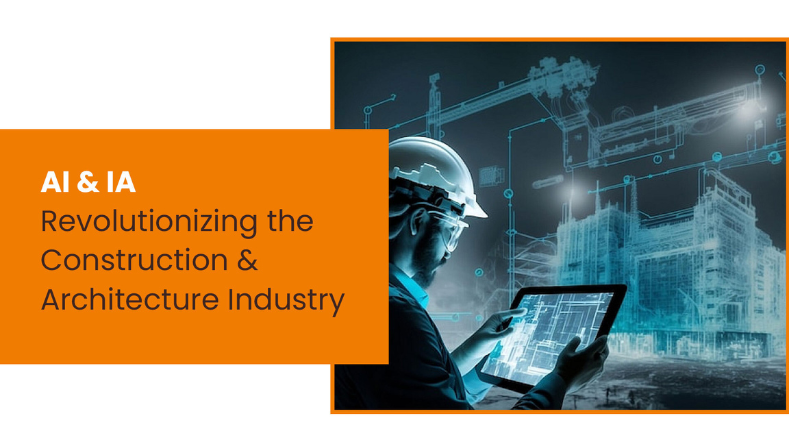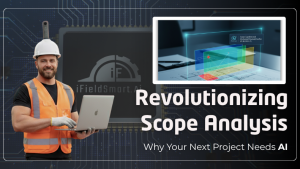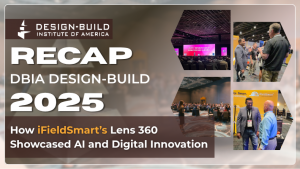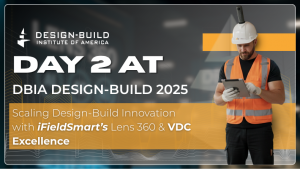Reading Time: 3 minutes
As AI applications become increasingly complex, the role of Integration Architecture (IA) becomes paramount. IA provides the backbone for seamlessly integrating AI systems, ensuring optimal performance, scalability, and interoperability.
Understanding the Intersection of IA and AI
Integration Architecture is a discipline that focuses on the design, development, and management of integration solutions. It involves connecting diverse systems, applications, and data sources to create a cohesive and efficient infrastructure.
Artificial Intelligence is a branch of computer science that enables machines to learn from data and make intelligent decisions. AI applications range from simple chatbots to complex autonomous systems.
Work Smarter, Not Harder
iFieldSmart empowers your team with AI-driven efficiency to simplify scheduling, boost collaboration, and keep projects on track.
Schedule a MeetingWhen IA and AI converge, it creates a powerful synergy that can revolutionize industries. By integrating AI-powered components into existing systems and applications, organizations can unlock new opportunities and drive innovation.
Key Applications of AI in Construction and Architecture
-
Design Optimization:
- AI-powered design tools can generate optimal designs based on specific constraints and requirements, saving time and resources.
- AI can analyze large datasets of historical building performance data to identify patterns and trends, leading to more sustainable and efficient designs.
-
Construction Site Automation:
- Autonomous construction robots and drones can automate tasks like material handling, site surveying, and inspections, improving safety and productivity.
- AI-powered predictive maintenance can help prevent equipment failures, reducing downtime and maintenance costs.
-
Facility Management:
- AI-driven facility management systems can optimize energy consumption, maintenance schedules, and space utilization.
- Predictive maintenance can help identify potential issues before they escalate, reducing downtime and maintenance costs.
-
Safety and Risk Management:
- AI-powered safety systems can monitor work sites in real-time, identifying potential hazards and alerting workers to dangerous conditions.
- AI can analyze accident data to identify trends and implement preventive measures.
The Role of Integration Architecture
To realize the full potential of AI in construction and architecture, a robust Integration Architecture is crucial. Key considerations include:
- Data Integration: Consolidating data from various sources, such as BIM models, sensor data, and weather data, into a unified data platform.
- API Management: Developing and managing APIs to enable seamless communication between different systems and applications.
- Cloud Integration: Leveraging cloud-based platforms to scale AI applications and improve accessibility.
- Security and Privacy: Implementing robust security measures to protect sensitive data and prevent cyberattacks.
By carefully considering these factors, organizations can ensure the successful integration of AI into their workflows and reap the benefits of increased efficiency, productivity, and innovation.
The possibilities are endless. As we continue to push the boundaries of technology, the future of construction and architecture looks more promising than ever.








